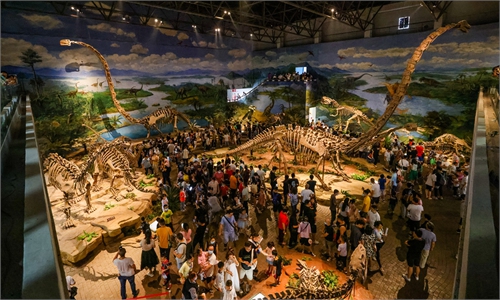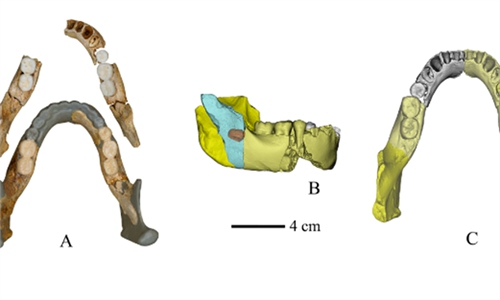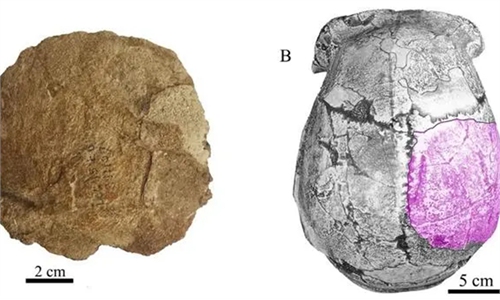ARTS / CULTURE & LEISURE
300,000-year-old human fossils from E. China identified as earliest archaic humans in East Asia to transition toward modern Homo sapiens

A number of 300,000-year-old human fossils from Hualongdong site in East China's Anhui Province have been identified as the earliest archaic humans in East Asia to transition toward modern Homo sapiens. Photo: CCTV News
A number of 300,000-year-old human fossils from Hualongdong site in East China's Anhui Province have been identified as the earliest archaic humans in East Asia to transition toward modern Homo sapiens. The site has provided significant research materials for exploring the origins of modern humans in East Asia. This finding was announced at the 2024 Hualongdong Site Academic Conference on Sunday, according to Xinhua News Agency.
Wu Xiujie, the leader of the Hualongdong site excavation project and research fellow at the Institute of Vertebrate Paleontology and Paleoanthropology at the Chinese Academy of Sciences, said at the conference that the Hualongdong human fossils represent an archaic human group transitioning from ancient forms to modern humans. Their physical characteristics had already begun evolving towards modern humans, with a flatter face, more delicate skulls, and the early development of a modern human trait - the chin.
According to Xinhua, the Hualongdong site, located in Dongzhi county, Anhui was discovered in 1988. This is an important paleoanthropological site that contains evidence of human activities, including human fossils and stone tools. So far, researchers have discovered a human group composed of about 20 individuals, over 400 stone tools made and used by ancient humans, numerous bone fragments with signs of artificial cutting and smashing, and more than 80 species of vertebrate fossils.
Global Times



